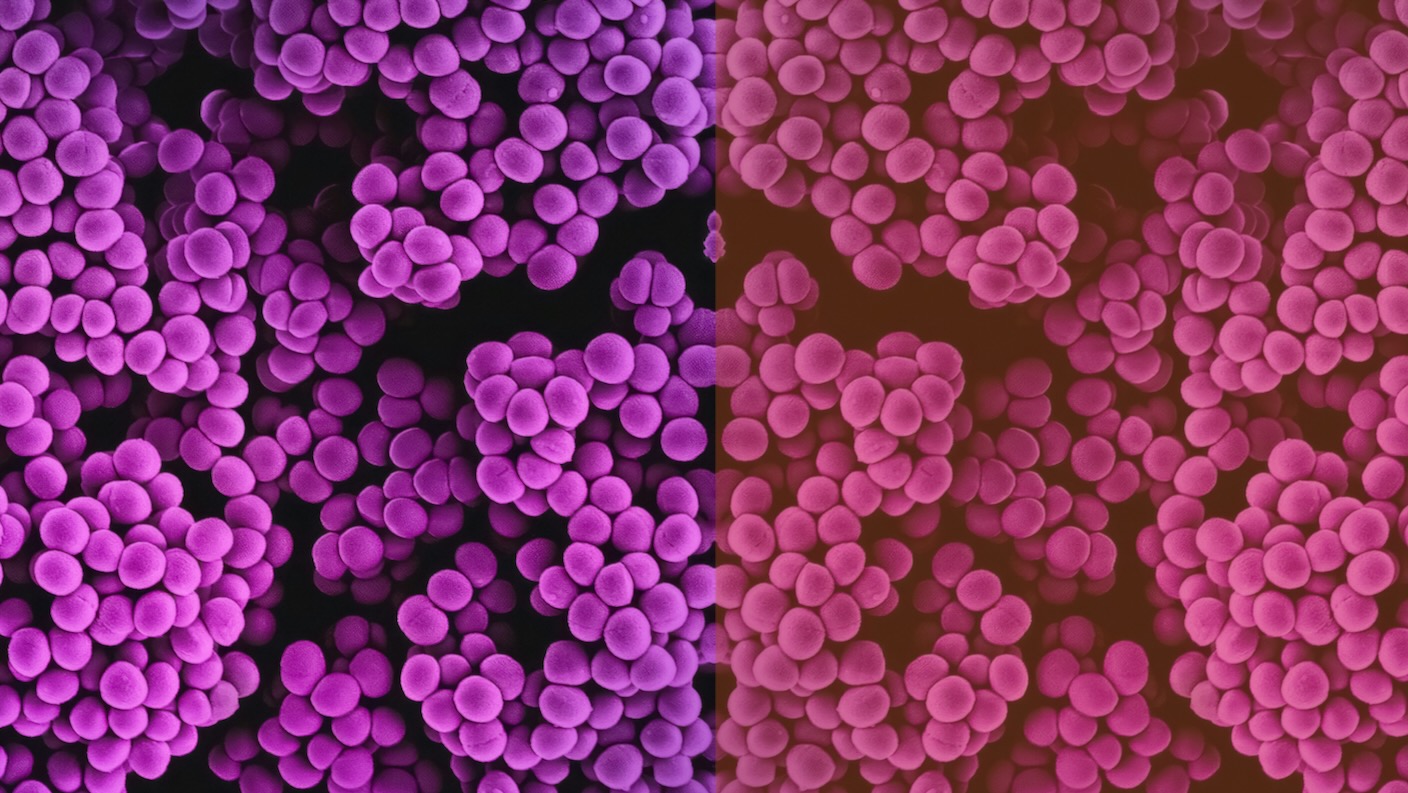Scientists have raised significant concerns regarding the creation of synthetic organisms known as “mirror bacteria,” which could pose a serious threat to life and the environment. This warning emerges from advances in synthetic biology, where researchers have been manipulating the fundamental building blocks of life, ultimately suggesting the possibility of an entirely new form of life that operates on the principles of chirality.
The Concept of Chirality in Biology
Chirality refers to the property of asymmetry in molecular structures, where certain biological molecules exist in two forms that are mirror images of each other. For example:
- DNA and RNA: Comprised of right-handed molecules.
- Amino Acids: Utilize left-handed molecules to construct proteins.
Natural biological systems are meticulously balanced around these chirality configurations; a switch in handedness typically results in cellular dysfunction. However, with advancements in synthetic biology, researchers have begun flipping these properties, creating what is referred to as “mirror life.”
Potential of Mirror Life
For the past decade, scientists have engineered individual molecules with altered chirality. The ambitious goal is to develop mirror bacteria, which could reproduce autonomously and interactively with their environments. While this concept remains theoretical, the implications could be profound, supplying numerous potential applications:
| Application | Potential Benefits |
|---|---|
| Drug Development | Longer-lasting medications with fewer side effects by using mirror proteins. |
| Environmental Solutions | Modified bacteria capable of degrading plastics and producing biodegradable materials. |
| Biological Research | Enhanced understanding of natural biological processes through manipulation of chirality. |
Warning Against Mirror Bacteria
Despite the promise of mirror life, a consortium of scientists, including notable figures such as J. Craig Venter, has issued a stark warning against pursuing the creation of mirror bacteria. The primary concerns include:
- Immune Evasion: Mirror bacteria could escape recognition by our immune systems, leading to lethal infections.
- Resistance to Treatments: Their alien genomic structure may render existing antibiotics ineffective, allowing them to proliferate unchecked.
- Ecological Disruption: Released into the wild, mirror bacteria could act like invasive species, potentially leading to devastating consequences for existing ecosystems.
“An unstoppable replicating mirror bacteria free in the environment could cause consequences that are disastrous.” – John Glass
The Path Forward
While the technology required to create mirror bacteria is at least a decade away, experts emphasize the urgency of addressing the associated risks. They recommend:
- Developing synthetic kill-switches to contain any created mirror bacteria, although there are concerns about the feasibility of retaining control post-creation.
- Fostering regulations that preemptively restrict research directed toward creating these organisms while still allowing research into therapeutic uses of mirror molecules.
- Engaging the broader community, including policymakers and the public, in discussions regarding the implications and ethical considerations of synthetic biology advancements.
Conclusion
The pursuit of creating mirror bacteria reflects the cutting-edge nature of synthetic biology but also highlights the dire ethical implications of manipulating fundamental life processes. While mirror molecules could provide significant advantages in medicine and environmental science, the potential risks associated with replicating mirror organisms necessitate a cautious and deliberative approach to research in this area.
References
This article incorporates contributions from recent research and publications available through platforms such as Lifespan.io, enlightening discussions on the balance between scientific exploration and safety.














Discussion